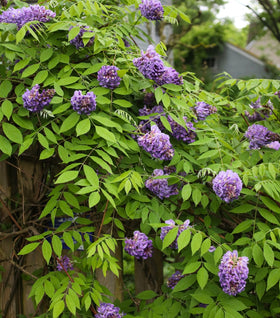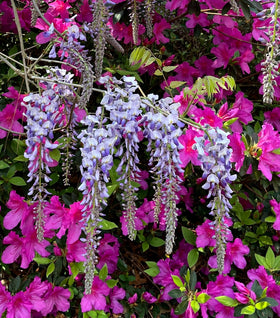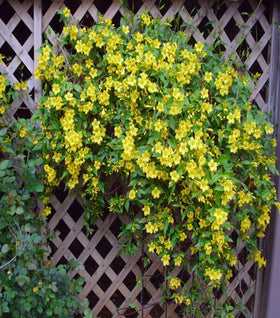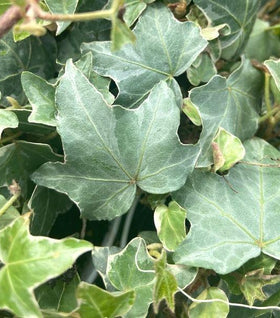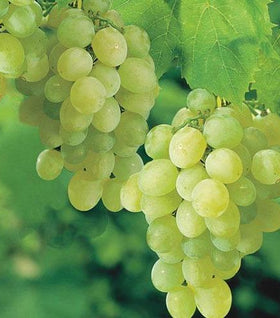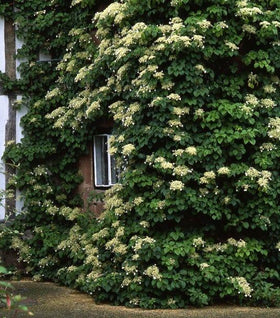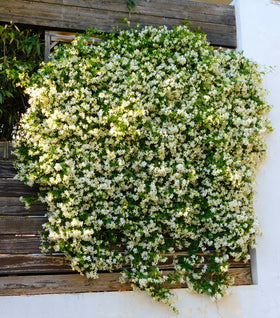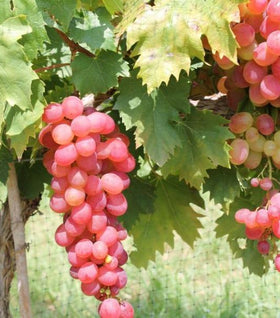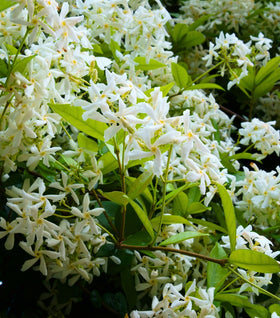Buy Vines and Climbing Plants Online
Vines can be used to add height and privacy to your garden. Climbing plants can provide fast, vertical color to the landscape when planted on trellises or other support structures. These eye-catching plants quickly transform fences and walls into spectacular colorful focal points.
Climbing plants can enhance gardens in several ways. Vines can be used to create privacy around decks, patios, and other outdoor living spaces. They can serve as colorful focal points to draw the eye toward garden features, and they can soften harsh architectural lines.
There are countless ways to use Vines and Vining Plants in the landscape. When most people think of vines, they think of plants twining around structures or even the trunks of trees. Vines can also be used as groundcovers, privacy fences, or grown in areas where little else will grow.
Using Vines as Groundcovers:
Plants such as English Ivy are vining plants that can be used in multiple ways. Everyone has seen the classic new England homes that are covered in Ivy. Certainly, they are beautiful but did you know that the ivy is actually helping to keep the home cool in the summer and warm in the winter? By blocking the sun's rays from the house, it allows the bricks to stay cooler, and the dark green foliage absorbs heat in the wintertime keeping the surface of the home warmer.
Gelsemium or Carolina Jessamine is another plant that has been used as a groundcover. Gelsemium is native to the eastern seaboard in Virginia to Florida and west to parts of Texas. Gelsemium plants can climb using their twining vines to do so, but when left unsupported, it can be used as a flowering groundcover for slopes, banks, and other areas where little else will grow. The fragrant yellow flowers will be a welcome sight in these areas. Gelsemium is an evergreen vine, so you're not left with a bare area in the winter.
While technically not a vine, Vinca or periwinkle has similar growth habits to a vine and can spread quite rapidly to cover landscape beds with evergreen leaves and periwinkle colored flowers in the spring and early summer. Vinca looks especially nice trailing over garden walls.
Using Vines to Create Privacy
Everyone craves privacy. We all need to unwind and enjoy our thoughts without disturbance from neighbors. That is not to say neighbors are a bad thing; it's just that sometimes we need to be alone. When we talk about privacy plants, more often than not, we talk about evergreen trees. But for those people that don't have room for privacy trees, there are still options.
Trellises can be a great way to create privacy and give a support structure for vines. There is an unlimited array of vining plants that can be grown on trellises.
Lonicera plants or Honeysuckle plants are perfect for trellis growing. The twining vines will wind their way up and around a trellis creating a thick evergreen living wall. A word about honeysuckle plants: the honeysuckle sold today is not the yellow and white flowering plant seen along most rural roads in our country. These are Lonicera sempervirens cultivars that are native to the US. The native varieties are seldom seen in the wild anymore due to the Chinese variety's aggressive nature.
Gelsemium sempervirens also fits this role as they are evergreen and will twine over the arbor or trellis. Few plants can beat Madison Star Jasmine for climbing ability or fragrance. The evergreen leaves of this jasmine maintain a pleasing color throughout the year, and the fragrance of the shimmering white flowers is second to none.
Vining Plants that can Grow on Homes and Fences
Some types of vines can grow up structures and fences without the help of gardeners. Climbing hydrangeas are an example of this type of vine. Climbing Hydrangeas and English Ivy can attach to textured surfaces such as stone, bricks, and even siding by using small root-like structures that grow along the stem. For this reason, we suggest you be careful and choose the right location for the plants.
Growing Vines on Arbors and Pergolas
Few scenes can match the beauty of a wisteria vine in full flower growing on an arbor. The cascading soft lavender fragrant blooms look like bunches of grapes hanging down. Wisteria can be grown just about anywhere and will find ways to climb with little help. Campsis is another good choice for arbors, and both can be trimmed and kept in check.
Vines should find a home in every garden, and as you start to introduce these into the landscape, you'll be surprised at how many hummingbirds, butterflies, and honey bees will be visiting your garden. The tubular shape of the vines' flowers was almost specially designed for hummingbirds to use as a nectar source. Look around your property. I bet you'll be surprised at the areas you already have that are just crying out for a vine. One of the most glorious sights in our area is the wisteria vines in flower among the long-needled pine trees. The wisteria causes no harm to the pines, and they actually seem quite happy sharing the same space in the natural landscape.

